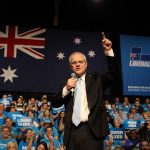The sound and fury of Britain’s election
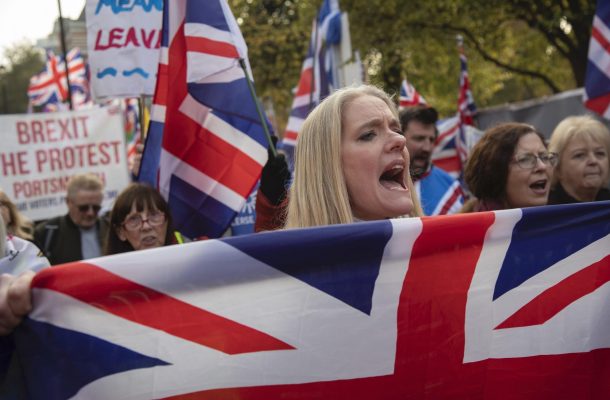
It’s a winner-takes-all competition that neither major party in Britain seems able to win.
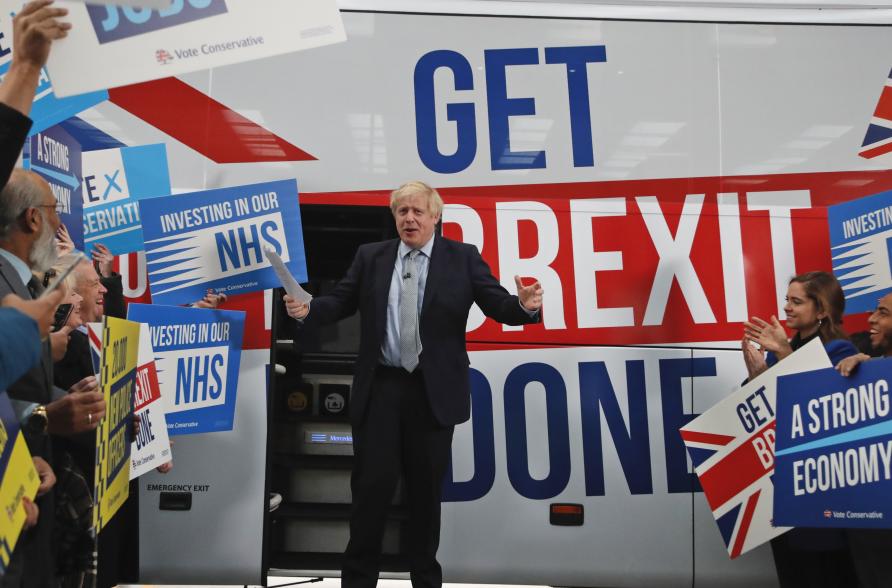
Boris Johnson needs 326 for an outright Conservative majority.
A no-deal Brexit is off the table for now thanks to the Benn Act, which is legislation that requires the Prime Minister to request a three month extension to the Article 50 period if he cannot legislate his (or her) Brexit deal.
But it is still matters a great deal who is in government to negotiate Britain’s long-term relationship with the EU in 2020.
The most likely outcome is another minority Conservative government. However, the process of arriving at this null result will be complex, involving nine established parties and two new players.
The incumbent – The Conservative Party
The current British Prime Minister, Boris Johnson, ideally needs an outright Conservative majority of at least 326 seats to have any hope of legislating his Brexit deal in January 2020.
His deal is the same as the former Prime Minister Theresa May’s, with some potentially inflammatory tweaks regarding Irish customs checks.
Prior to the election, Johnson held 298 of the 650 seats in the House of Commons. His predecessor Theresa May had been struggling along with 317 Conservative seats and a partnership with the Democratic Unionist Party (DUP) from Northern Ireland.
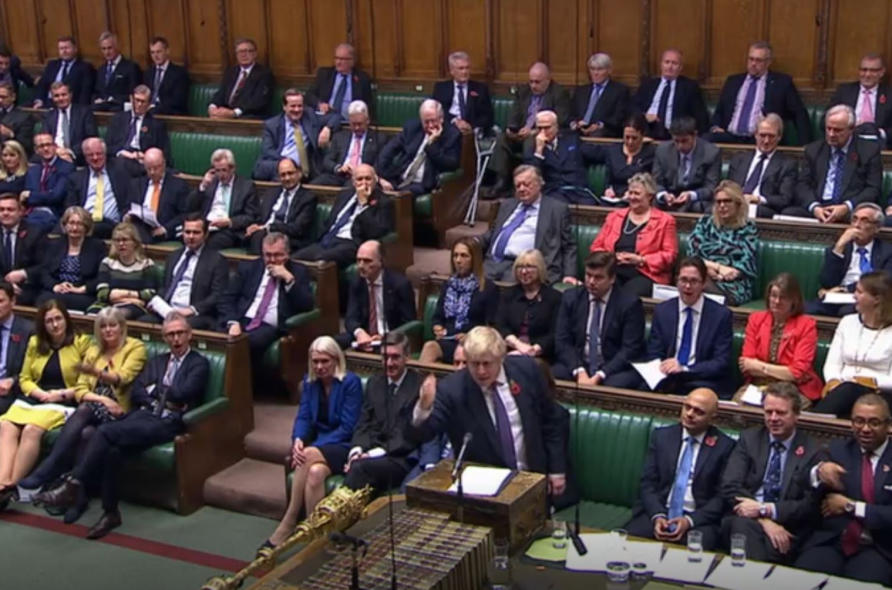
The next government will negotiate Britain’s long-term relationship with the EU in 2020.
But, Johnson shattered this working majority by expelling 21 of his own MPs and negotiating a Brexit deal that the DUP could not support.
At present, the Conservatives are polling at around 39 per cent of the vote. How many seats this actually translates to is dependent on local factors and the relative support for other parties; as a guide, Theresa May secured 42.3 per cent in 2017.
The Chancellor’s recent budget indicates that the Tories are planning flashy public spending announcements that could help them in traditionally Labour-loyal electorates in the north of England.
The challenger – The Labour Party
Labour is starting its campaign with 243 seats, down from 262 the party won in the 2017 election.
Internal resistance to Labour leader Jeremy Corbyn’s tenure is the main reason for the decrease in MPs. Ironically, Corbyn’s impressive campaigning ability is also the party’s greatest hope of winning the election.
In the 2017 general election, his team closed a 23 per cent polling gap against the Conservatives to end up with 40 per cent of the vote.
Currently, the party is polling at around 28 per cent a month out from election day. All eyes will be on Corbyn to see if he can manage a repeat performance to bring them into real contention.
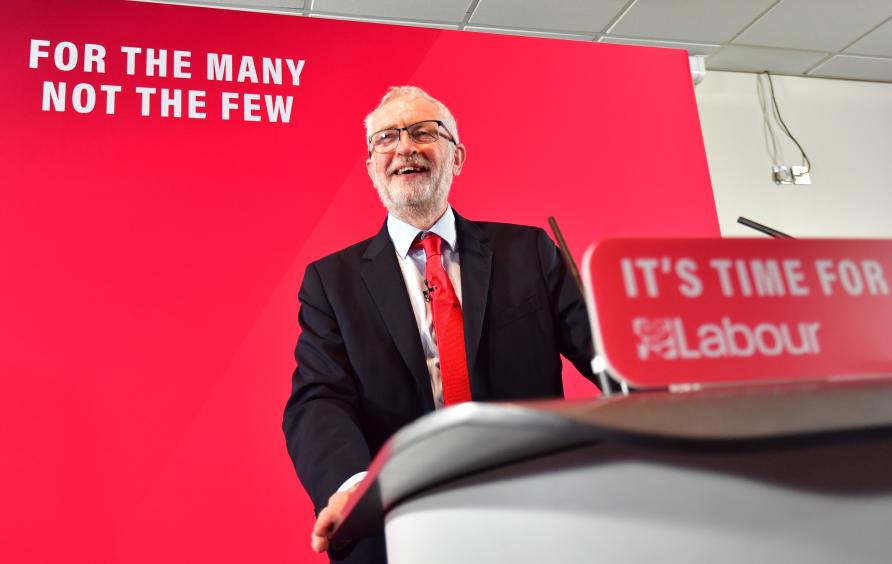
Hard left Labour leader Jeremy Corbyn has called the election a “once-in-a-generation chance to transform our country”.
Labour will try and focus on the domestic and economic issues that underlie the Brexit vote, but their convoluted position on Brexit is a liability.
In brief, Labour’s plan is to renegotiate Johnson’s deal and then hold a second referendum contrasting detailed Leave and Remain options, but at this point, Labour won’t say which position the party actually endorses.
Remain’s last chance
They may be referred to as the minor parties, but some are major players in this election.
Prior to the election seven of them and a collection of independents held 109 seats. Collectively they will likely retain the balance of power in the next parliament.
The four nationalist parties are the most important grouping, with a total of 56 seats.
The DUP feels betrayed by Boris Johnson and are likely to play hardball in any potential future coalition.
The other three parties want to remain in the EU and support a second referendum.
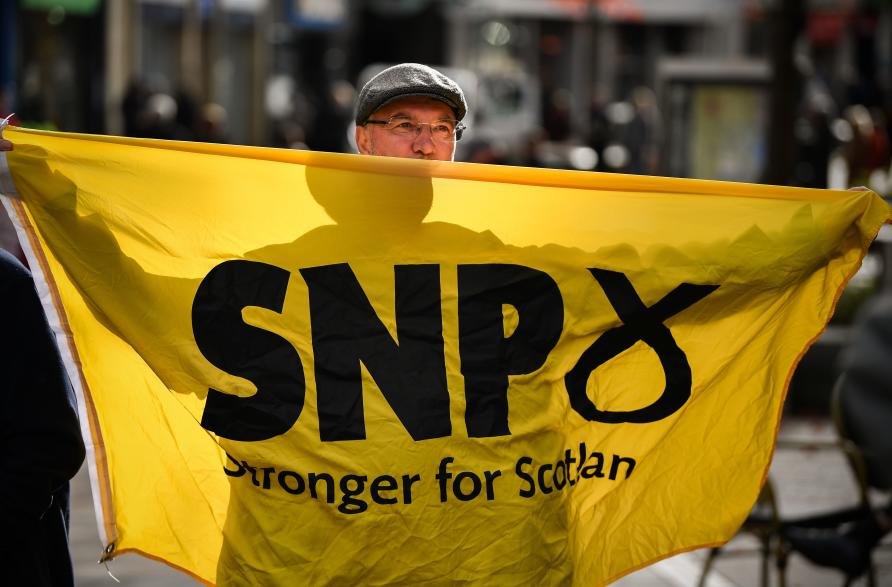
With 35 seats, Scottish National Party is one to watch in the 12 December poll.
While the Irish republican party, Sinn Féin, never attends parliament and Plaid Cymru from Wales average between two and four seats, the Scottish National Party, with 35 seats, is one to watch.
In the 2015-17 parliament, they held 56 seats and could hit into the same ballpark this time around.
The Liberal Democrats are the other minor party to watch with a baseline of 20 seats and national polling at 16 per cent.
They are the most pro-EU party, having promised to revoke Article 50 and end Brexit.
The party has also formed an electoral alliance with the Greens and the Independent Group for Change – made up of five former Labour and Tory MPs – to try and maximise the number of anti-Brexit MPs in the 2020 parliament.
New players and the road ahead
Two unknown variables in this election will take up a lot of Conservative concentration.
One is Nigel Farage’s new Brexit Party, which has been polling between eight and ten per cent, but is unlikely to win a seat given its geographically dispersed base.
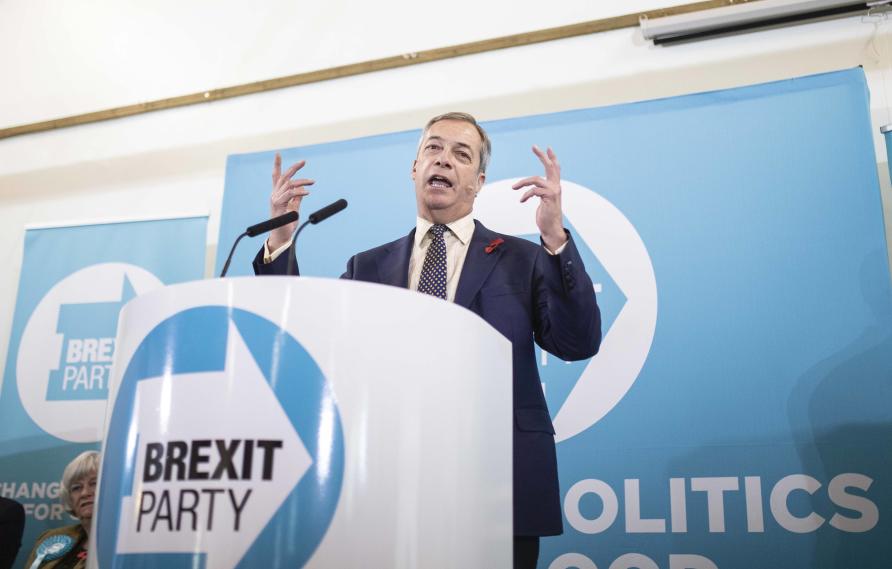
Nigel Farage’s Brexit Party rebranded itself in January 2019.
The 24 independents are another wild card; many are Conservative refugees from Johnson’s purge.
The Conservatives need to fend off the minor parties, regain their purged independents and take seats from Labour in order to reach 326 on their own.
Labour has an uphill battle and can realistically only reach 326 through a convoluted Remain coalition with several minor parties.
The Tories are better placed, but it is unlikely a stable majority will emerge, meaning a return to parliamentary gridlock.
Sound and fury aside, this election may in fact end up signifying nothing.
This article was published by Pursuit.
Lucas Grainger-Brown is a writer and former management consultant to the federal government. He is currently a tutor at The University of Melbourne, focusing on national identity and globalisation in the Howard era.













